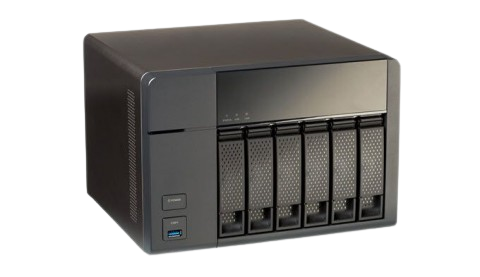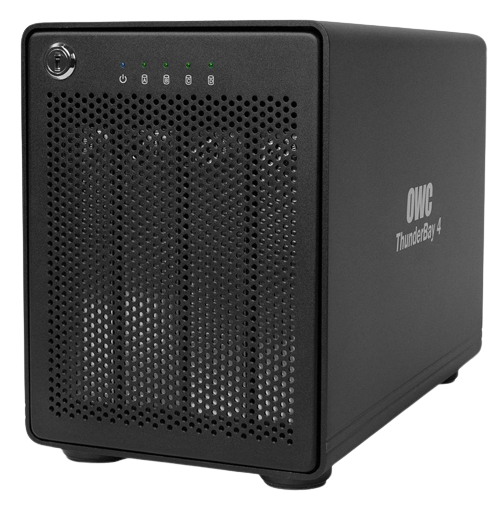RAID Storage
RAID Storage
RAID, which stands for Redundant Array of Independent Disks (or sometimes Redundant Array of Inexpensive Disks), is a technology used in computer storage to improve data reliability, availability, and performance. RAID achieves these goals by combining multiple hard drives into a single logical unit. There are several RAID levels, each with its own characteristics


RAID 0 (Striping): RAID 0 offers improved performance by striping data across two or more drives. However, it does not provide redundancy. If one drive fails, all data in the array is lost. RAID 0 is often used for tasks like video editing, where speed is critical, but data can be easily recreated.
RAID 6 (Striping with Dual Parity): RAID 6 is similar to RAID 5 but uses dual parity to protect against the failure of two drives simultaneously. It requires a minimum of four drives and provides high data availability even in the face of multiple drive failures.
RAID 10 (Combining RAID 1 and RAID 0): RAID 10, also known as RAID 1+0, combines the mirroring of RAID 1 with the striping of RAID 0. It requires a minimum of four drives and offers both improved performance and redundancy. It can tolerate the failure of multiple drives, as long as they are not mirrored pairs.
RAID 50 and RAID 60: These are combinations of RAID 5 and RAID 0 (RAID 50) or RAID 6 and RAID 0 (RAID 60) to achieve both performance and redundancy. They require at least six drives (RAID 50) or eight drives (RAID 60).
RAID is commonly used in various computing environments, including servers and storage arrays, to meet specific requirements for data storage. The choice of RAID level depends on factors such as performance needs, data redundancy, and cost considerations.
It's important to note that while RAID can improve data availability and performance, it is not a substitute for regular backups. Backups are essential to protect against data loss due to various factors, including RAID controller failure, multiple drive failures, or data corruption. RAID provides fault tolerance within a storage system, but backups provide an additional layer of protection by storing data in a separate location
